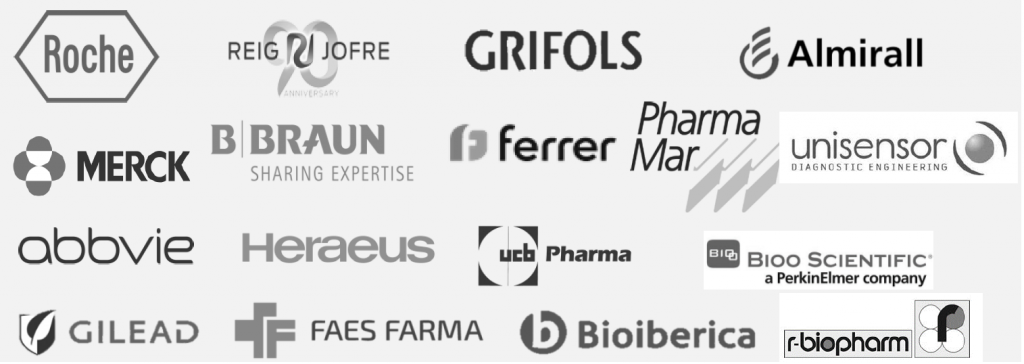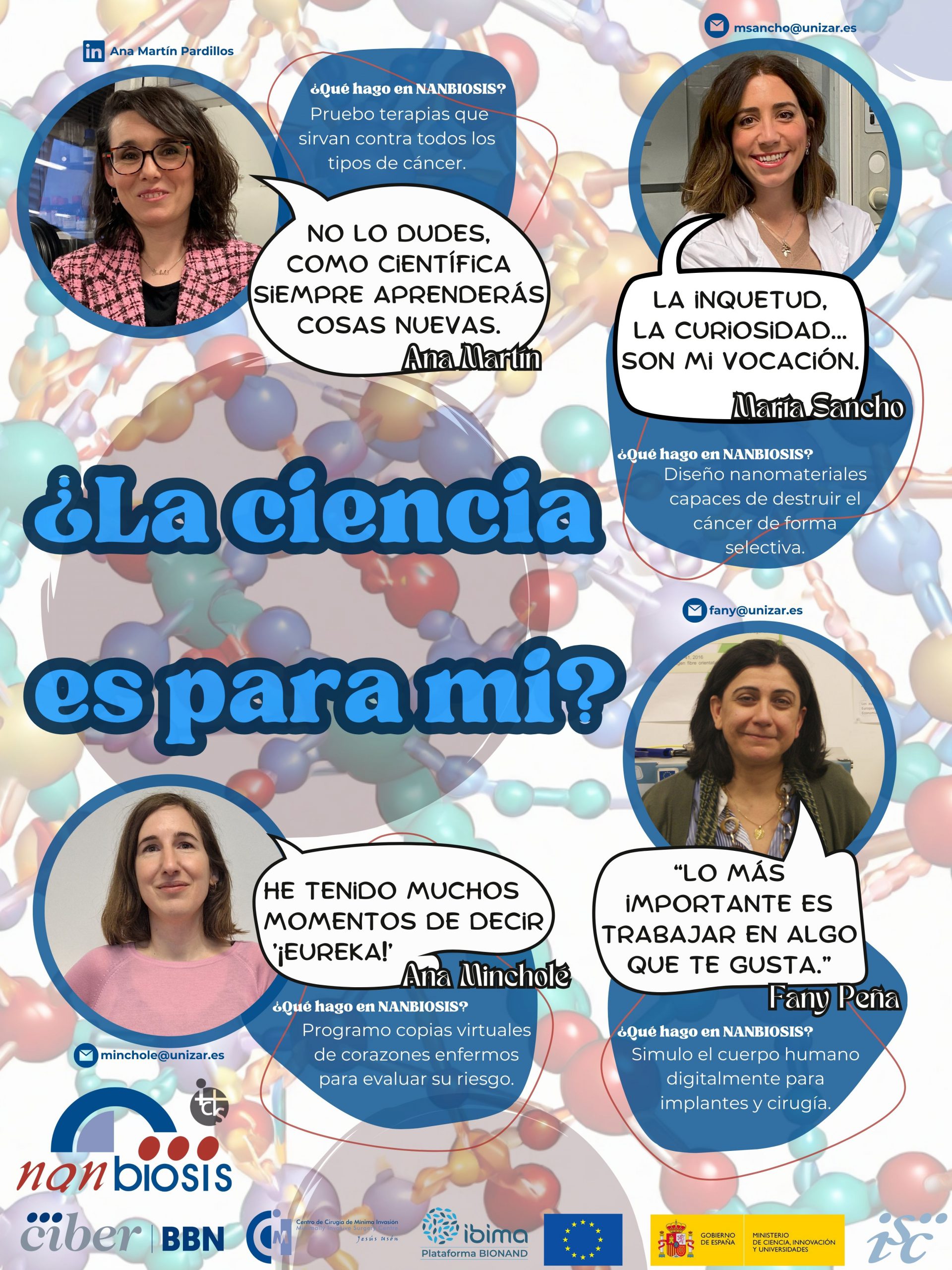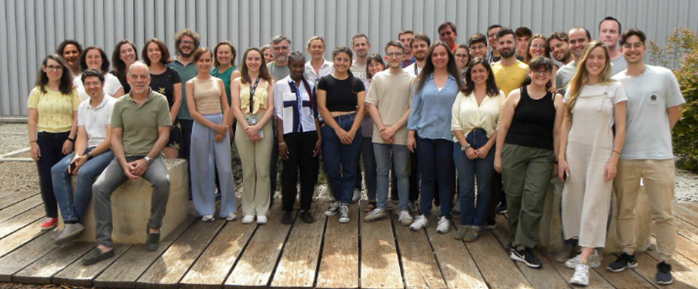Women in NANBIOSIS: Our New Interview Series
In celebration of the International Day of Women and Girls in Science 2024, NANBIOSIS proudly presents a series of insightful interviews featuring some of our most esteemed female researchers and collaborators.
As we commemorate this important day, join us in honoring the achievements of these remarkable individuals, as they share their perspectives, challenges, and triumphs in the pursuit of scientific excellence. Explore our news section for more inspiring interviews, and discover the diverse talents driving innovation within NANBIOSIS and beyond.
Drs. Anna Aviñó, Fany Peña, Ana Martín, María Sancho, Susana Vilchez, Ana Mincholé and, of course, Dr. Elisabeth Prats, all of them we had the pleasure and privilege to intervew and tell part of their story, career, projects, prospects and motivations. Delving into their remarkable contributions and experiences, this series sheds light on the invaluable role women play in shaping the field of biomedical research.
Starting tomorrow, February 12, and continuing until Women’s Day on March 8, immerse yourself in this captivating series, as we highlight the profound impact of female leadership in science and technology. Witness firsthand the passion, dedication, and ingenuity of these pioneering women, as they navigate the frontiers of biomedical research and innovation.
Join us in celebrating the women driving innovation and shaping the future of science. Visit our news section to dive into this captivating series and discover the transformative impact of female leadership in NANBIOSIS.
This is part of a series of interviews to several female researchers within the context of International Day of Women and Girls in Science 2024 and Woman’s Day 2024. For more interviews, visit our news section here.
Additional information:
For those eager to explore further, NANBIOSIS offers comprehensive and integrated advanced solutions in biomedical applications, ranging from biomaterials to nanomaterials and their nanoconjugates. Partner with us to unlock cutting-edge biomedical solutions, designed to address diverse challenges in drug delivery, biomaterials, and regenerative medicine. Apply now to access our transformative biomedical solutions.
The goal of NANBIOSIS is to provide comprehensive and integrated advanced solutions for companies and research institutions in biomedical applications. All of this is done through a single-entry point, involving the design and production of biomaterials, nanomaterials, and their nanoconjugates. This includes their characterization from physical-chemical, functional, toxicological, and biological perspectives (preclinical validation).
In order to access our biomedical Solutions, apply here.
NANBIOSIS has worked with pharmaceutical companies of all sizes in the areas of drug delivery, biomaterials and regenerative medicine. Here are a few of them:













